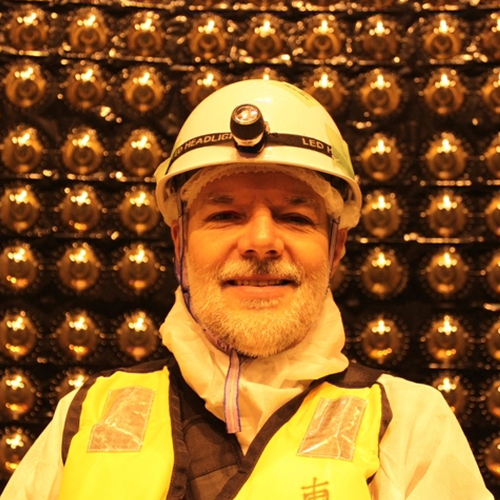CERN | My story
photo from the private archive
Prof. JAN KISIEL
One of the most exciting results obtained by ICARUS was the measurement of the velocity of neutrinos after the OPERA experiment reported their superluminality. We showed that neutrinos, as particles that have mass, cannot travel faster than light.
|
CERN MY STORY
|
My adventure with CERN began in 1991 and continues to this day. It started somewhat accidentally because as a research fellow at the Alexander von Humboldt Foundation at the University of Munich, I joined the Crystal Barrel experiment, which studied the properties of light mesons and looked for glueballs, or bound states of gluons. Mesons were produced in the annihilation of antiprotons from the Cern LEAR (Low Energy Antiproton Ring) accelerator with protons. Almost ten years of studying the properties of mesons resulted in my habilitation and the conviction that only working in international research groups performing experiments in leading laboratories could offer me a future as a nuclear and high energy physicist. After returning from CERN, in 2000, together with physicists from Kraków, Warsaw, and Wrocław, we founded the Polish Neutrino Group. The first neutrino experiment in which Polish research teams, including those from the University of Silesia, participated was the ICARUS experiment. One of the most exciting results obtained by ICARUS was the measurement of the velocity of neutrinos after the OPERA experiment reported their superluminality. We showed that neutrinos, as particles that have mass, cannot travel faster than light. |
|






